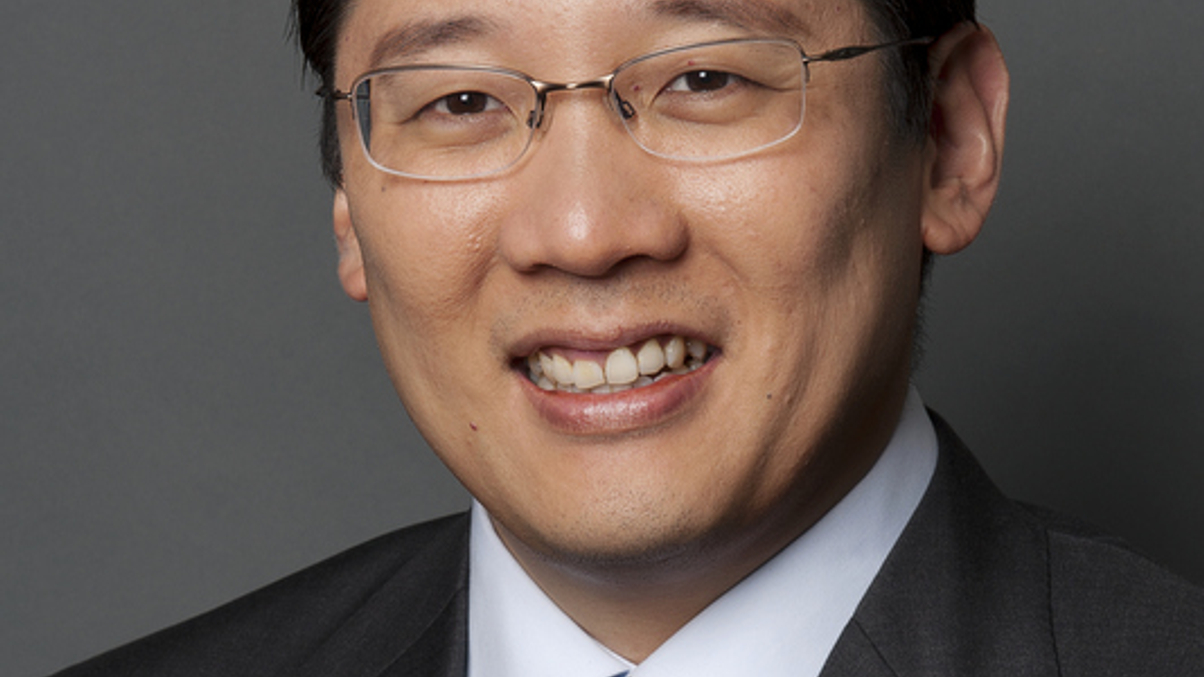SGX touts benefits of planned RMB platform
Singapore Exchange says its renminbi equity trading facility will offset market risks that might arise from Hong Kong Exchange's platform.

Singapore Exchange expects recent and planned product launches to help establish the city state as the third offshore renminbi centre, after Hong Kong and Taiwan.
Sign In to Your Account
Access Exclusive AsianInvestor Content!
Please sign in to your subscription to unlock full access to our premium AI resources.
Free Registration & 7-Day Trial
Register now to enjoy a 7-day free trial—no registration fees required. Click the link to get started.
Note: This free trial is a one-time offer.
¬ Haymarket Media Limited. All rights reserved.


